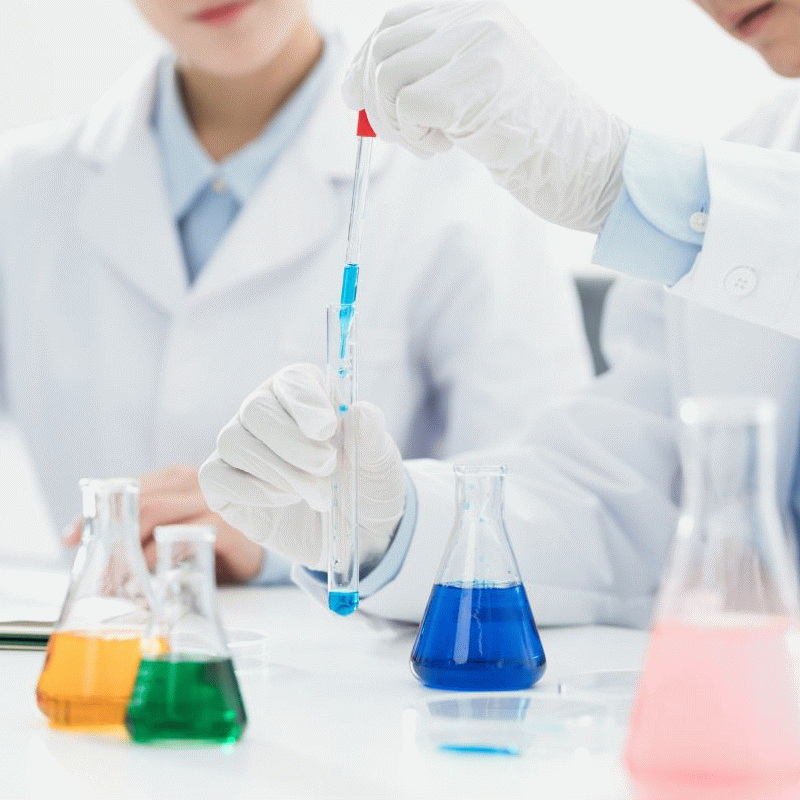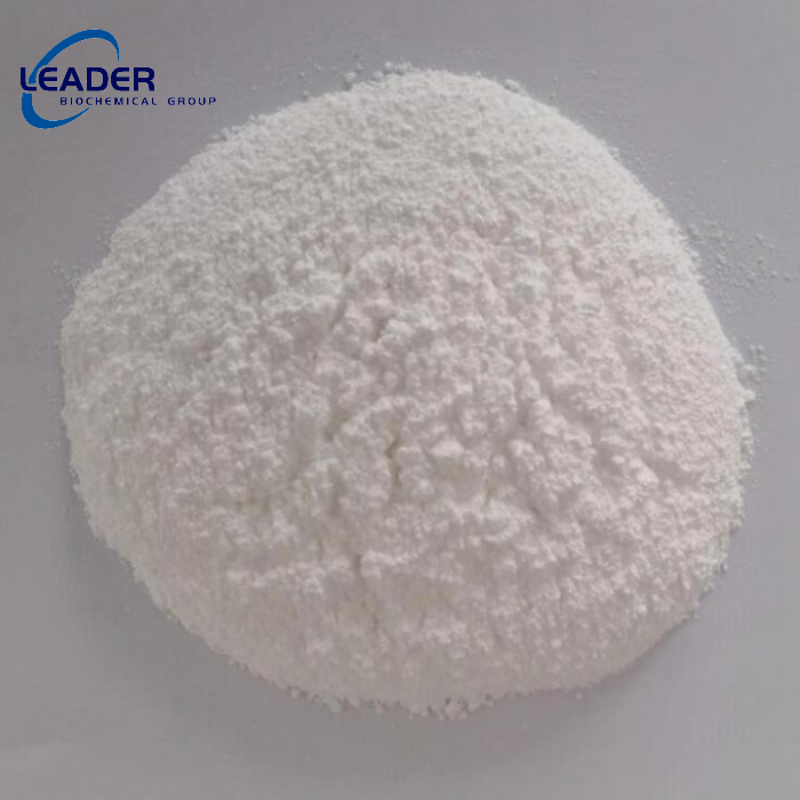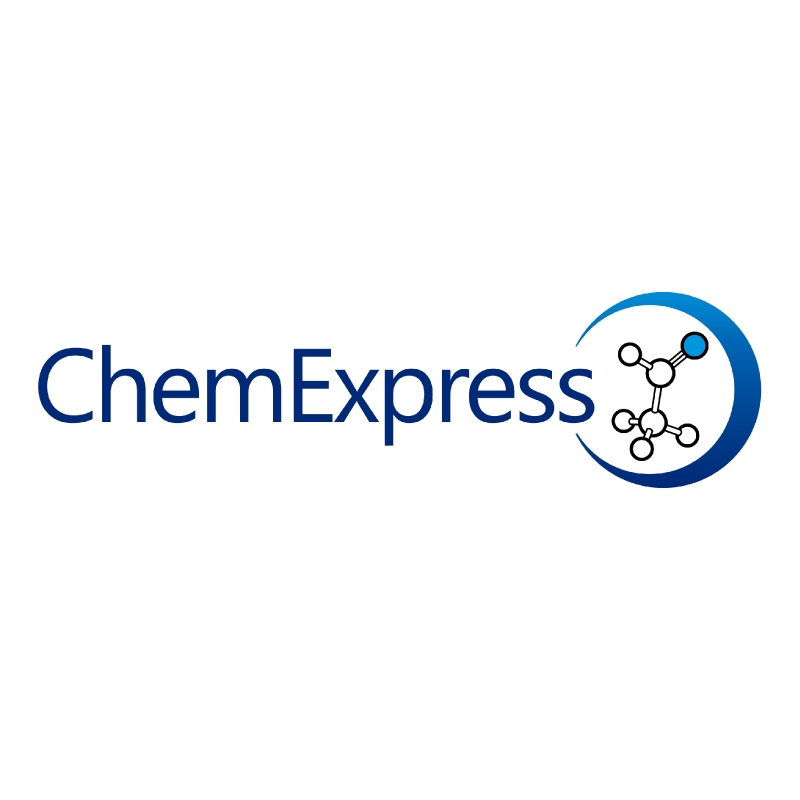Cosmetic Ingredient
- • Abrasive (124)
- • Absorbent (84)
- • Anticaking (66)
- • Anticorrosive (25)
- • Antifoaming (19)
- • Antimicrobials (290)
- • Antioxidant Ingredient (393)
- • Antiperspirant (20)
- • Antiplaque (48)
- • Anti-seborrheic (38)
- • Anti-sebum (39)
- • Antistatic (458)
- • Astringent (162)
- • Binding Agent (172)
- • Bleaching Agent (53)
- • Buffering (191)
- • Bulking (109)
- • Chelating (122)
- • Cleansing (679)
- • Cosmetic Colorant (212)
- • Cosmetic Preservative (158)
- • Denaturant (45)
- • Deodorant (98)
- • Depilatory (27)
- • Dissolving Agent (298)
- • Emollient (795)
- • Emulsifying Agent (480)
- • Emulsion Stabilising (154)
- • Exfoliating (19)
- • Film Forming (299)
- • Flavouring (72)
- • Foam Boosting (161)
- • Foaming (101)
- • Fragrance Ingredient (726)
- • Gel Forming (19)
- • Hair Conditioning (670)
- • Hair Dyeing (363)
- • Hair Fixing (36)
- • Hair Waving or Straightening (45)
- • Humectant (282)
- • Hydrotrope (92)
- • Keratolytic (20)
- • Light Stabilizer (80)
- • Moisturising Agent (50)
- • Nail Conditioning (42)
- • Occlusive (20)
- • Opacifying (119)
- • Oral Care (123)
- • Oxidising (19)
- • Perfuming (2105)
- • Plasticiser (98)
- • Propellant (19)
- • Reducing (50)
- • Refatting (12)
- • Refreshing (26)
- • Skin Cleansing (388)
- • Skin Conditioning (1751)
- • Skin Humectant (21)
- • Skin Protecting (282)
- • Smoothing (31)
- • Soothing (71)
- • Tonics (155)
- • UV Filter (34)
- • Viscosity Controlling (532)
Chemicals as Skincare Ingredients
Related News
-
Pfizer China Oncology Division Restructures Amid Executive Changes
2025-03-19 -
Price Surge Alert as Major Suppliers Increase Barium Sulfate Costs by 200 Yuan per Ton
2025-03-20 -
Shell Considers Partnering with the U.S. and Closing European Chemical Assets
2025-03-26 -
Quaker Houghton Acquires Dipsol Chemicals, Strengthening Advanced Solutions Portfolio
2025-03-27 -
AstraZeneca to Invest $2.5 Billion to Establish Global Drug R&D Center in Beijing
2025-03-25 -
Saudi Aramco CEO: Invest in downstream projects in China's energy, chemical and other fields
2025-03-28
Gel Forming
-
Cosmetics Grade / -
-
-
![POLY(ACRYLIC ACID) buy POLY(ACRYLIC ACID)]()
-
![POLY(ACRYLIC ACID) buy POLY(ACRYLIC ACID)]()
Request for quotation , get quotes from more suppliers.
-
Cosmetics Grade / 99%
-
-
Industrial Grade, Agriculture Grade / 99%
-
Request for quotation , get quotes from more suppliers.
-
Chemical Grade / 95%
-
![SODIUM CARBONATE STABILIZED SULFON-ATED POLYSTYRENE SODIUM SALT buy SODIUM CARBONATE STABILIZED SULFON-ATED POLYSTYRENE SODIUM SALT]()
-
![POLY(STYRENESULFONIC ACID SODIUM SALT) buy POLY(STYRENESULFONIC ACID SODIUM SALT)]()
-
![SODIUM CARBONATE STABILIZED SULFON-ATED POLYSTYRENE SODIUM SALT buy SODIUM CARBONATE STABILIZED SULFON-ATED POLYSTYRENE SODIUM SALT]()
Industrial Grade / 99%
Request for quotation , get quotes from more suppliers.
-
Pharmacy Grade / 99%
-
![GUM GUAR CARBOXYMETHYL ETHER 2-HYDROXY-& buy GUM GUAR CARBOXYMETHYL ETHER 2-HYDROXY-&]()
Industrial Grade / 99%
-
![GUM GUAR CARBOXYMETHYL ETHER 2-HYDROXY-& buy GUM GUAR CARBOXYMETHYL ETHER 2-HYDROXY-&]()
-
![GUM GUAR CARBOXYMETHYL ETHER 2-HYDROXY-& buy GUM GUAR CARBOXYMETHYL ETHER 2-HYDROXY-&]()
Request for quotation , get quotes from more suppliers.
CARBOXYMETHYL CHITIN
(52108-64-2)-
![CARBOXYMETHYL CHITIN buy CARBOXYMETHYL CHITIN]()
Industrial Grade / 99%
-
![Carboxymethyl chitin buy Carboxymethyl chitin]()
-
![CARBOXYMETHYL CHITIN buy CARBOXYMETHYL CHITIN]()
-
![CARBOXYMETHYL CHITIN buy CARBOXYMETHYL CHITIN]()
Industrial Grade / 99%
Request for quotation , get quotes from more suppliers.
-
![MAGNESIUM HYPOPHOSPHITE HEXAHYDRATE CAS NO 26264-58-4 buy MAGNESIUM HYPOPHOSPHITE HEXAHYDRATE CAS NO 26264-58-4]()
Industrial Grade, Feed Grade, Food Grade, Pharma Grade / 99%
$11.11/KG EXW
-
![sodium methylnaphthalenesulphonate buy sodium methylnaphthalenesulphonate]()
-
![MAGNESIUM HYPOPHOSPHITE HEXAHYDRATE buy MAGNESIUM HYPOPHOSPHITE HEXAHYDRATE]()
-
![sodium methylnaphthalenesulphonate buy sodium methylnaphthalenesulphonate]()
Industrial Grade / 99%
Request for quotation , get quotes from more suppliers.
Sodium carbomer
(73298-57-4)-
Pharmacy Grade / 99%
-
![SODIUM CARBOMER buy SODIUM CARBOMER]()
Industrial Grade / 99%
-
![SODIUM CARBOMER buy SODIUM CARBOMER]()
-
![SODIUM CARBOMER buy SODIUM CARBOMER]()
Request for quotation , get quotes from more suppliers.
-
-
![CM DEXTRANOMER C-25-120 buy CM DEXTRANOMER C-25-120]()
Industrial Grade / 99%
-
![CM DEXTRANOMER C-25-120 buy CM DEXTRANOMER C-25-120]()
-
![CM DEXTRANOMER C-25-120 buy CM DEXTRANOMER C-25-120]()
Industrial Grade / 99%
Request for quotation , get quotes from more suppliers.
-
![Benzenemethanaminium, N,N-dimethyl-N-octadecyl-, chloride, reaction products with hectorite buy Benzenemethanaminium, N,N-dimethyl-N-octadecyl-, chloride, reaction products with hectorite]()
Industrial Grade / 99%
-
![Benzenemethanaminium, N,N-dimethyl-N-octadecyl-, chloride, reaction products with hectorite buy Benzenemethanaminium, N,N-dimethyl-N-octadecyl-, chloride, reaction products with hectorite]()
-
![Benzenemethanaminium, N,N-dimethyl-N-octadecyl-, chloride, reaction products with hectorite buy Benzenemethanaminium, N,N-dimethyl-N-octadecyl-, chloride, reaction products with hectorite]()
Industrial Grade / 99%
-
![Benzenemethanaminium, N,N-dimethyl-N-octadecyl-, buy Benzenemethanaminium, N,N-dimethyl-N-octadecyl-,]()
Industrial Grade or Medical grade / 99%
Request for quotation , get quotes from more suppliers.
More Information
Gel-forming agents are commonly used ingredients in cosmetics, imparting a gel-like texture to products. The principle behind gel-forming agents involves the formation of a three-dimensional network structure to trap water or other solvents, thereby giving products their gel-like consistency. This network structure is formed through interactions between molecules of the gel-forming agent, typically including chemical bonds, electrostatic forces, hydrogen bonds, or van der Waals forces.
When the gel-forming agent is mixed with a solvent, its molecules intertwine to create a mesh-like structure within the solvent, akin to a spider's web. This network effectively traps the solvent within it, resulting in a stable gel state. This gel state provides the product with a certain viscosity and flowability while preventing it from flowing or separating.
Common ingredients of gel-forming agents:
•Polymers
•Cellulose derivatives
•Silicones





















